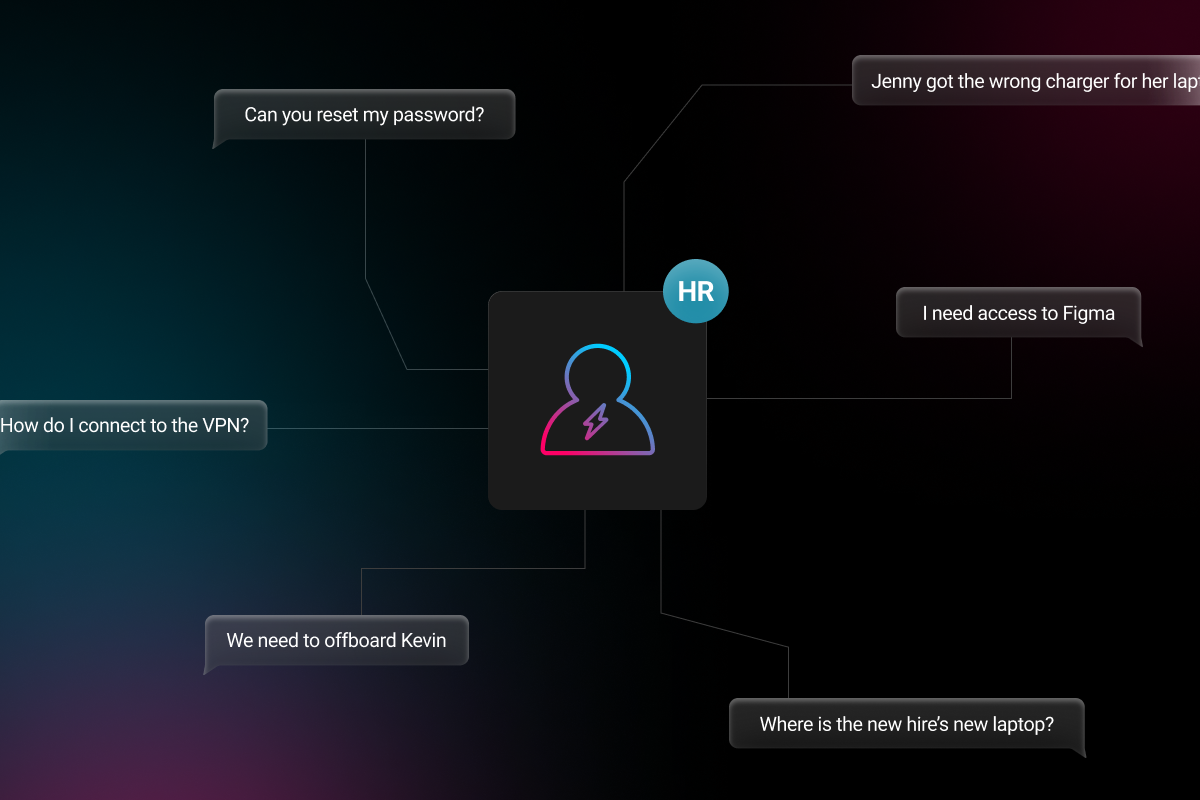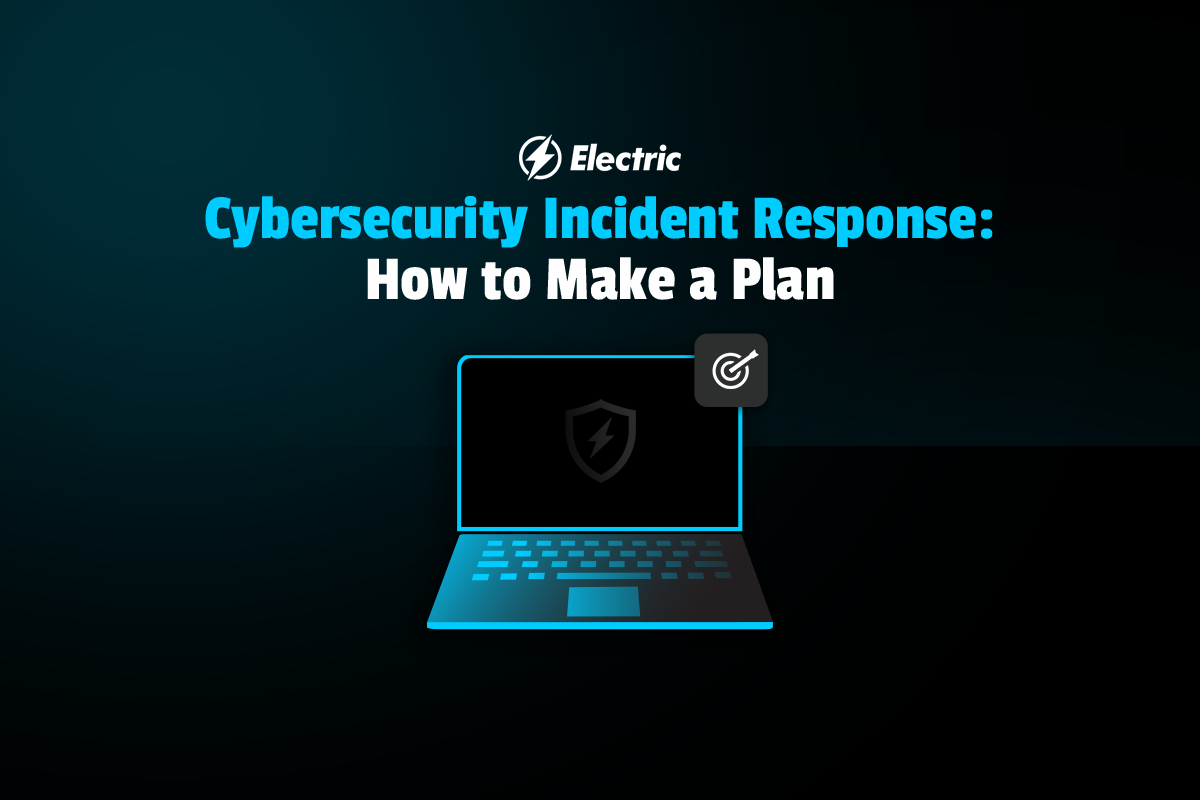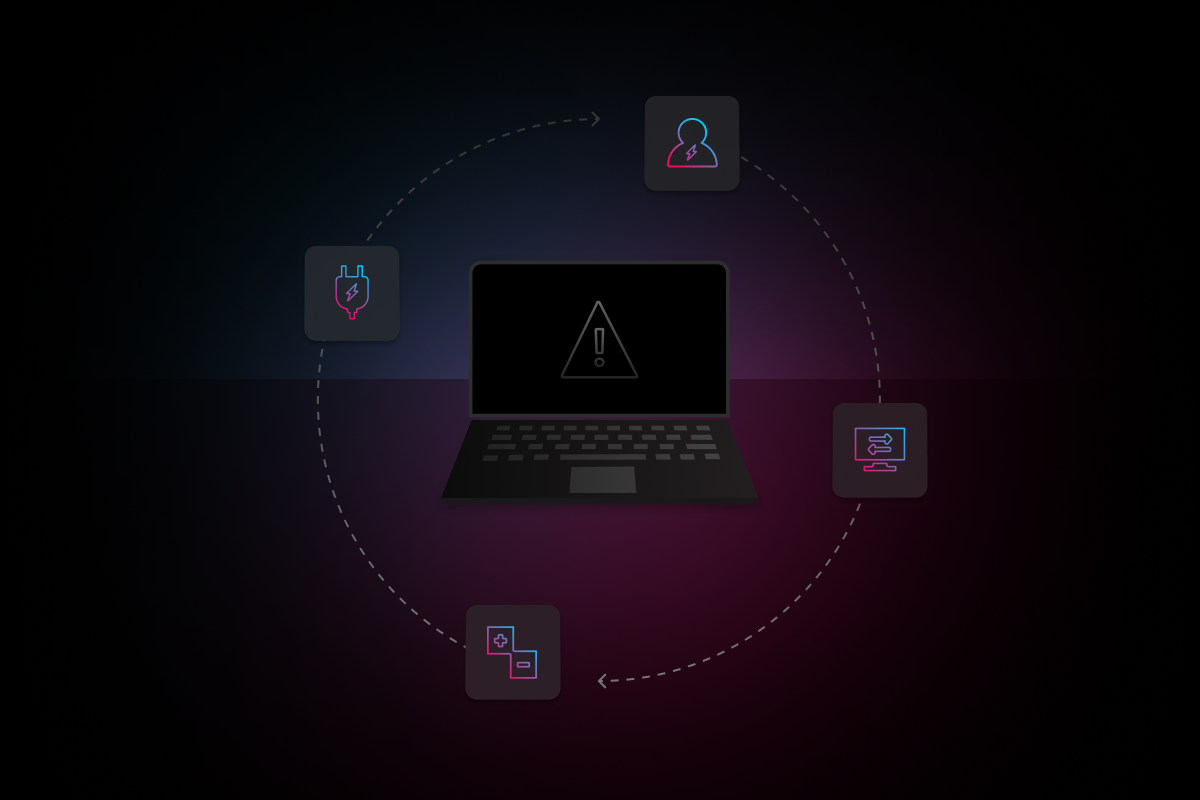
Cyber attacks are an ever-growing threat for businesses of all sizes. While attempted attacks are almost inevitable, there are steps that organizations can take to prevent and mitigate damage as a result. Being prepared is crucial in order to successfully respond to a potential cyber breach, and that means having a documented cybersecurity incident response plan. This article covers the resources, people, and steps that all businesses should include in their cybersecurity incident response planning.
What is a Cybersecurity Incident Response Plan?
A cybersecurity incident response plan (CIRP) is a written document that outlines the steps a company should take when a cyber attack, data leak, breach, or other security incident occurs. Your incident response plan should include guidelines on how to handle specific attack scenarios, minimize the recovery time needed, protect key infrastructure against further damage, and mitigate the cybersecurity risk.
All of a business’s employees should be familiar with the cybersecurity incident response plan so they are informed of what to do if they detect a suspected attack. Without a defined CIRP in place, your organization is unlikely to respond quickly and effectively to such attacks, and could suffer a wide range of financial, reputation, and legal consequences as a result.
4 Benefits of a Cybersecurity Incident Response Plan
1. Organized Approach to Threat Management
Incident planning enables your organization to take a structured approach to the handling of cyber attacks, data leaks, data breaches, and other security incidents. A CIRP enables you to minimize the recovery time needed, protect key infrastructure against further damages, and mitigate any cybersecurity risk.
2. Trust Building
When stakeholders know that your organization maintains an updated response plan, they will have higher levels of confidence in the company. The planning process helps you to develop best practices for managing future threats and create relevant communication plans to improve stakeholder trust.
3. Compliance Improvement
Cybersecurity incident response planning also helps your business to align with regulatory requirements. Industries such as finance and healthcare are particularly strict on issues like data protection, and incident response planning can help you meet your obligations in this area. Examples of such regulations are the General Data Protection Regulation (GDPR), the Healthcare Portability and Accountability Act (HIPAA), and the Payment Card Industry Data Security Standard (PCI DSS).
4. Quicker Mitigation
The final benefit of cybersecurity incident response planning is that your company can greatly reduce operational downtime in the event of an attack. When you maintain a formal approach to the handling of security incidents, you minimize the time it takes to get your systems back online.
What is a Cybersecurity Incident Response Team?
Although technology plays a vital role in your cybersecurity incident response, it shouldn’t be relied on to take care of everything. Ideally, you should also bring together knowledgeable professionals who can form an incident response team.
So, who are the people involved in incident planning, and what are their roles? A good cybersecurity incident response team should have a team leader, a lead investigator, a communications lead, a legal representative, and a documentation and timeline lead.
- Team leader: Tasked with driving and coordinating all activities involved in incident response. The team leader also maintains team members’ focus to enhance recovery and reduce overall damage.
- Lead investigator: Responsible for collecting and analyzing evidence. The lead investigator also determines the causes of cyber attacks, manages company security analysts, and spearheads service and rapid system recovery.
- Communications lead: Tasked with sending regular updates and communications to all stakeholders.
- Legal representative: This team member helps your business to align with the relevant regulatory guidelines and deal with any legal implications post-attack.
- Documentation and timeline lead: Tasked with documenting all processes, tasks, and findings, and ensuring all documentation is always up to date.
6 Things You Need in a Cybersecurity Incident Response Plan
There are six phases involved in a CIRP: preparation, identification, containment, eradication, recovery, and lessons learned. These phases form the foundation of a continuous incident response cycle.
Let’s cover each phase in depth to help build your cybersecurity incident response policy:
- Preparation: The first phase of the CIRP takes place before an attack ever arises. The main activities in this stage of your plan are employee training on cybersecurity best practices, performing a risk assessment, and developing drill scenarios. Having a business cyber security checklist would be useful.
- Identification: If an attack or attempted attack occurs, employees should be in a position to identify the threat quickly. The issue should then be rapidly escalated through the appropriate channels so your response team can clarify where the attack happened, the stakeholders involved in its discovery, the scope, areas that have been affected, and the point of entry.
- Containment: The third step is utilizing your predetermined containment strategies. At this stage, you should take steps to isolate any affected systems or devices while investigations are ongoing. In the medium to long term, this can also involve temporary fixes to allow work to continue as normal elsewhere.
- Eradication: The next phase involves purging the root cause of an attack. A key issue to consider is the extent of the damage caused by the breach, as this will inform whether you need to enlist additional or external resources for assistance. You should also patch and update any identified cybersecurity vulnerabilities at this stage.
- Recovery: The fifth step is recovery. Here, you should restore the affected systems to their usual environments. You should also aim to return to normal operations while assessing the need for any ongoing monitoring.
- Lessons learned: In the final phase, you should assemble all of the cybersecurity incident response team members and discuss lessons learned. The aim is to ensure that vulnerabilities have been recorded and that your systems are now better placed to prevent and contain future security incidents. It’s also helpful to identify any next steps that may be needed, such as refreshed employee training or additional security software.
Watch: The Leadership Series | Post-Data Breach: Navigating a Response Plan
Data breaches in small businesses are on the rise. 61% of SMBs experienced at least one cyber attack in the past year, and 40% endured eight or more hours of downtime as a result.
In the event that your critical data, documents, or customer information are exposed, is your business prepared to respond?
Get Expert Help with your Cybersecurity Incident Response Plan
Maintaining an updated cybersecurity incident response plan within your company is the first step toward dealing with a cyber attack. If you wait for a breach to occur before thinking about your response, it’s already too late. Electric offers businesses robust cybersecurity at the device, application, and network levels. Get in touch to learn more about protecting your business.



